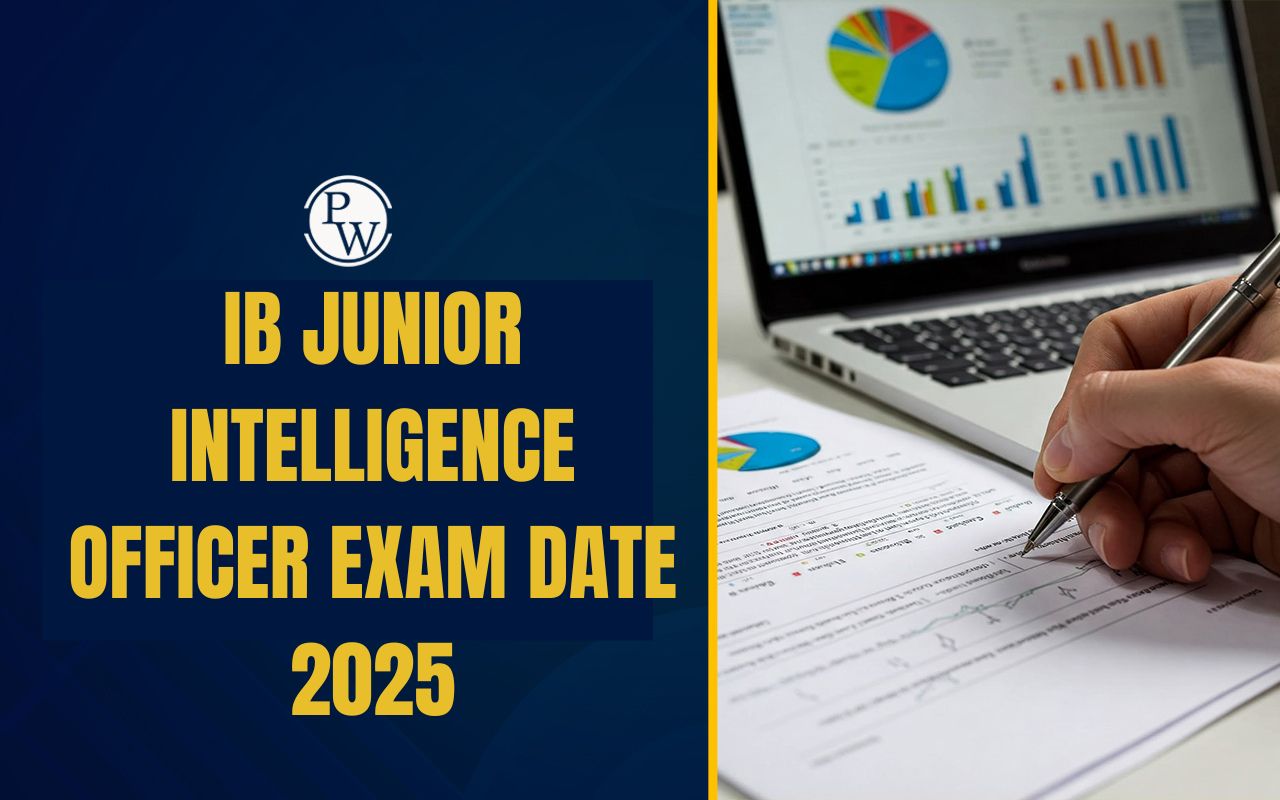

Panchsheel Agreement FAQs
What is the Panchsheel Agreement?
The Panchsheel Agreement, signed in 1954 between India and China, established five principles for peaceful coexistence and mutual respect between the two nations.
What are the five principles of the Panchsheel Agreement?
The principles are mutual respect for sovereignty, non-aggression, non-interference in internal affairs, equality and mutual benefit, and peaceful coexistence.
Why was the Panchsheel Agreement important?
It aimed to promote a spirit of peaceful coexistence and cooperation between India and China, serving as a model for international diplomacy.
When and where was the Panchsheel Agreement signed?
The agreement was signed on April 29, 1954, in Beijing by the Indian Ambassador to China, N. Raghavan, and Chinese Premier Zhou Enlai.
Did the Panchsheel Agreement succeed in its goals?
While it initially promoted cooperation, tensions and the 1962 Sino-Indian War highlighted its limitations in resolving deeper territorial disputes.
🔥 Trending Blogs
Talk to a counsellorHave doubts? Our support team will be happy to assist you!

Check out these Related Articles
Free Learning Resources
PW Books
Notes (Class 10-12)
PW Study Materials
Notes (Class 6-9)
Ncert Solutions
Govt Exams
Class 6th to 12th Online Courses
Govt Job Exams Courses
UPSC Coaching
Defence Exam Coaching
Gate Exam Coaching
Other Exams
Know about Physics Wallah
Physics Wallah is an Indian edtech platform that provides accessible & comprehensive learning experiences to students from Class 6th to postgraduate level. We also provide extensive NCERT solutions, sample paper, NEET, JEE Mains, BITSAT previous year papers & more such resources to students. Physics Wallah also caters to over 3.5 million registered students and over 78 lakh+ Youtube subscribers with 4.8 rating on its app.
We Stand Out because
We provide students with intensive courses with India’s qualified & experienced faculties & mentors. PW strives to make the learning experience comprehensive and accessible for students of all sections of society. We believe in empowering every single student who couldn't dream of a good career in engineering and medical field earlier.
Our Key Focus Areas
Physics Wallah's main focus is to make the learning experience as economical as possible for all students. With our affordable courses like Lakshya, Udaan and Arjuna and many others, we have been able to provide a platform for lakhs of aspirants. From providing Chemistry, Maths, Physics formula to giving e-books of eminent authors like RD Sharma, RS Aggarwal and Lakhmir Singh, PW focuses on every single student's need for preparation.
What Makes Us Different
Physics Wallah strives to develop a comprehensive pedagogical structure for students, where they get a state-of-the-art learning experience with study material and resources. Apart from catering students preparing for JEE Mains and NEET, PW also provides study material for each state board like Uttar Pradesh, Bihar, and others
Copyright © 2025 Physicswallah Limited All rights reserved.











